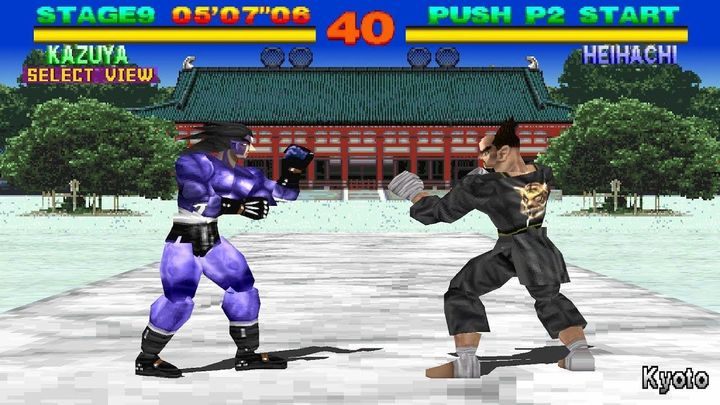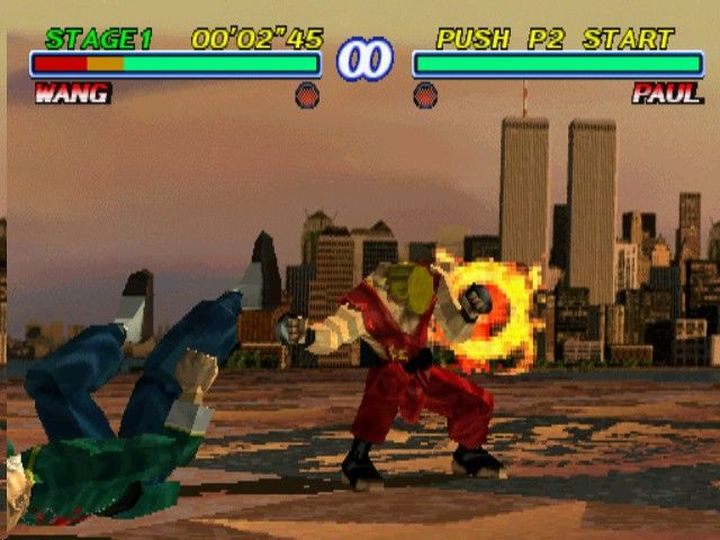26 years of incredible history. Interview with Katsuhiro Harada

- Why Can Newbies Beat Pros? We Talk to the Creator of Tekken
- 26 years of incredible history
- Martial arts also have their history
- House party icon
26 years of incredible history

But let's leave stop talking about the sad reality for a moment and focus on how Katsuhiro Harada has been helping us deal with it over the years. I wanted to learn more about the very roots fighting games. And there is no greater expert in this field than the man sitting in front of me.
This year marks 26 years since the release of the first Tekken. During this time, the legendary fighting series got twenty-six entries, including spin-offs and ports to other consoles. Intrigued by this thought, I decided to ask Mr. Harada about the changes that have occurred in the process of creating 3D fighting games over the past quarter-century.
A lot of know-how is needed to create a 3D fighting game and originally only Sega and Namco had this experience. In general, the process of creating the game itself looks almost the same today as it did in 1994. It is important to remember, however, that back in the daym, people played games on arcade machines. Players would come in, insert the right number of coins, and play as much as they paid for. The machines were connected only to each other. At some point, gaming moved to home consoles, which were at first connected via LAN only, and then via the Internet. This change in the environment required games to be encapsulated with additional systems that were missing from the arcade machines. A good example of additional content is the introduction of story campaigns to the Mortal Kombat series. We also try to add such components to Tekken, because fans who play our games at home demand variety. All those extra elements that were not there in the past are also consuming money.

All of this, of course, generates additional costs. Mr. Harada told me that the teams preparing the games could count 100 to 150 people and that 300 names could appear in the end credits, also noting that the first Tekken games were created by up to 70 people. The budgets are rising, just like the players' appetites. Creating the game itself is one thing, but adapting it to contemporary requirements and various tastes is a completely different subject that has undergone significant changes over the past 26 years.